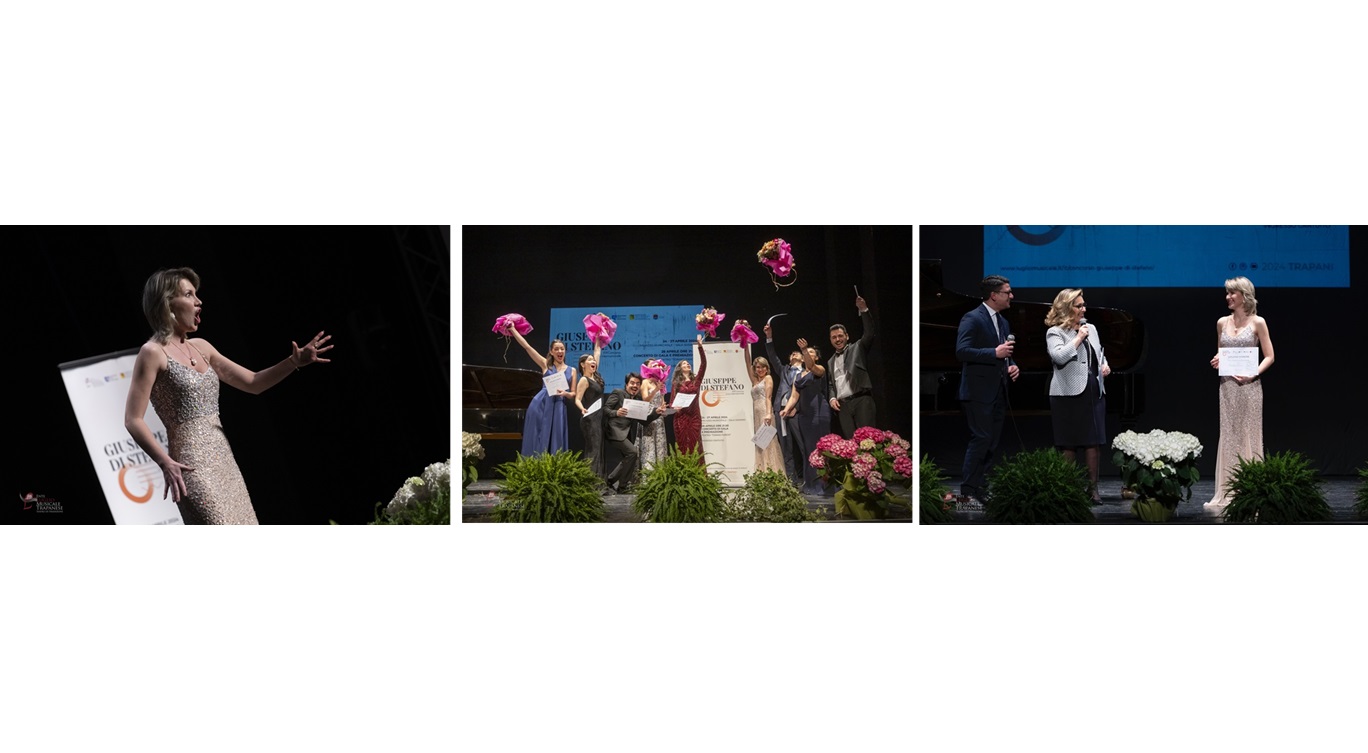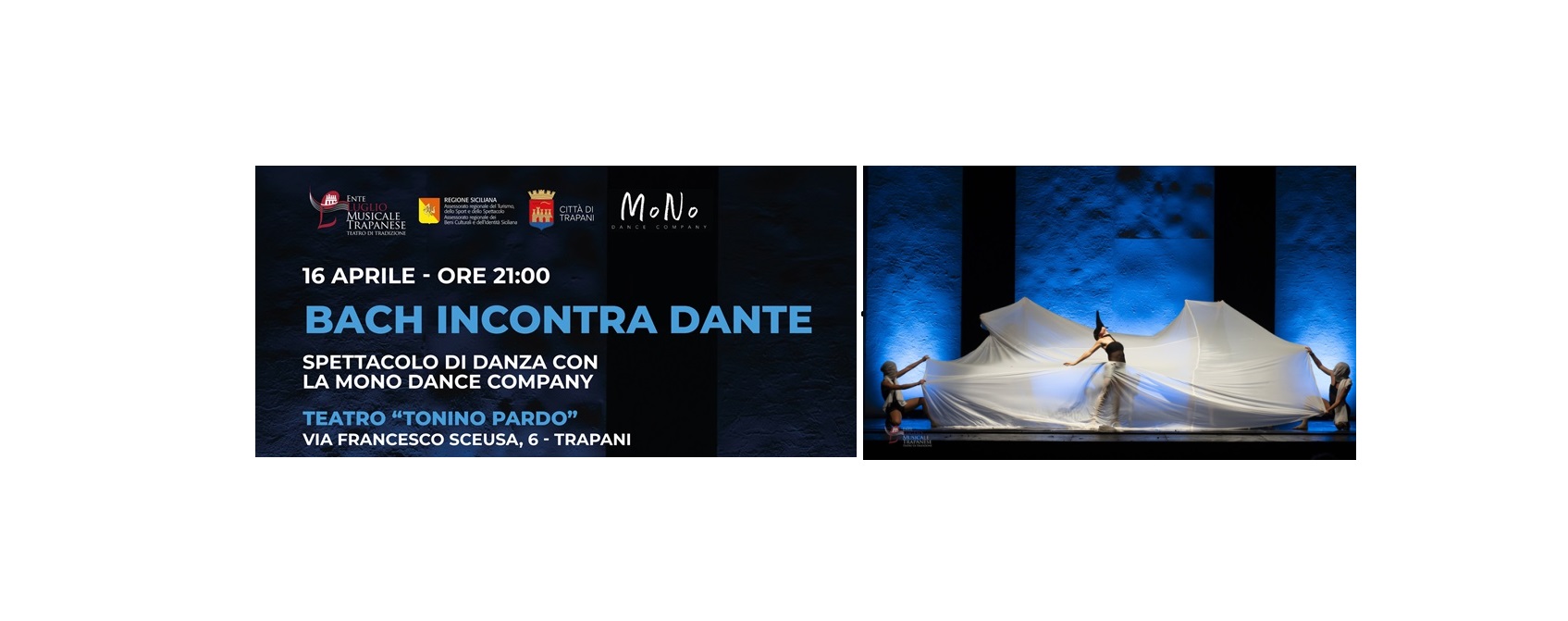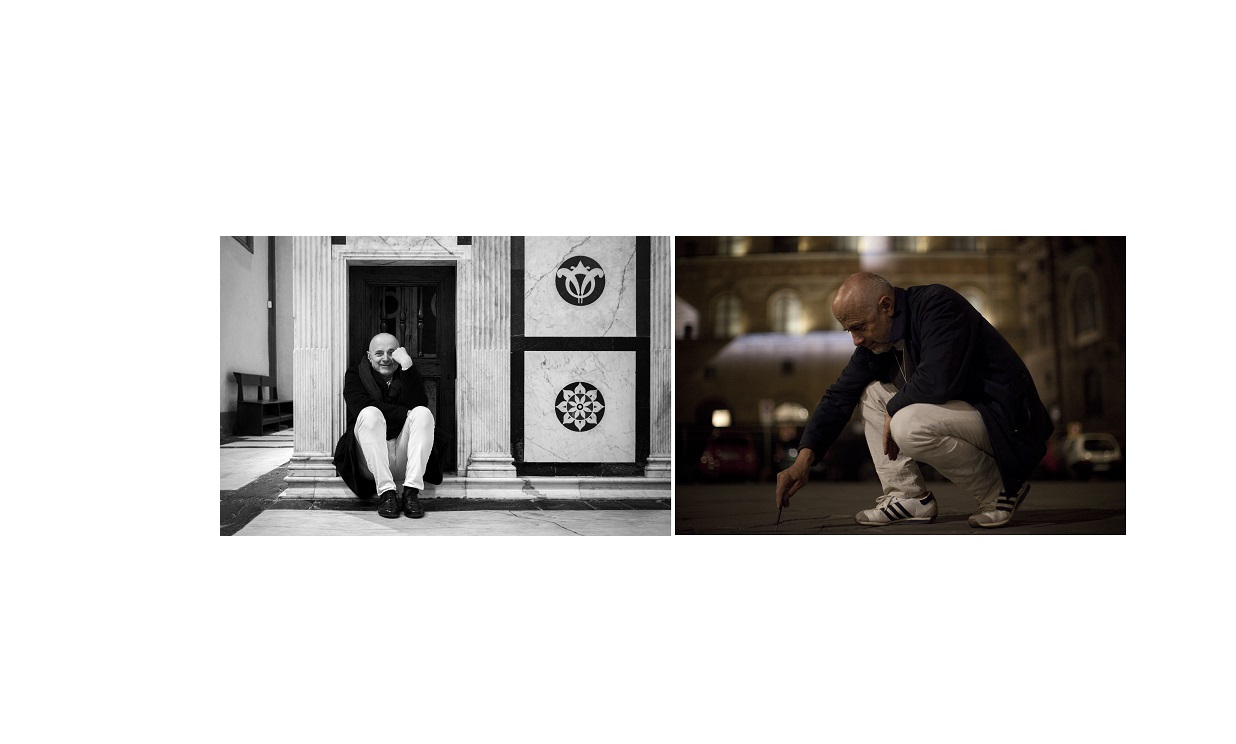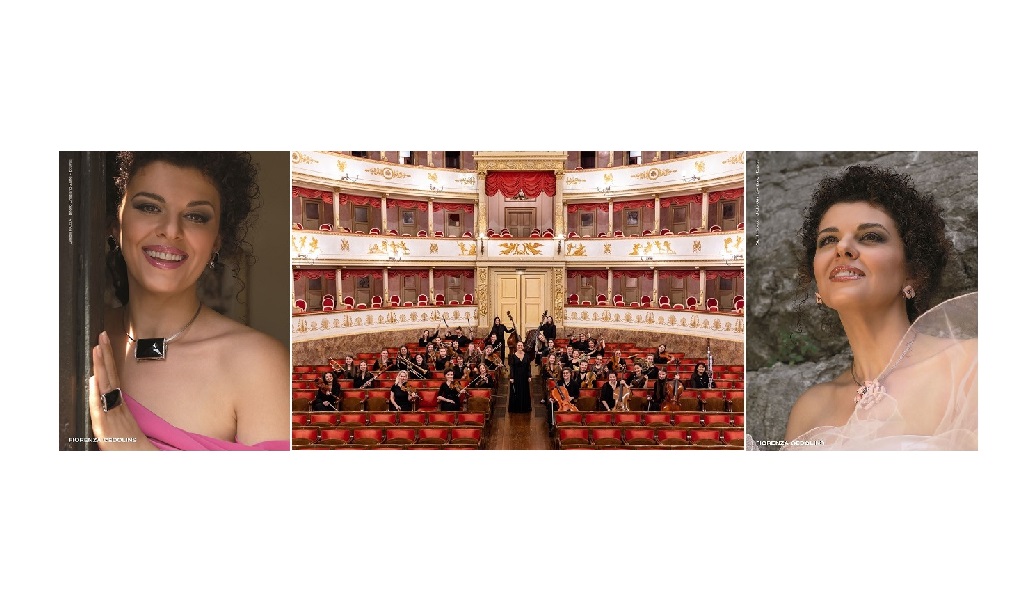Il Barbiere di Siviglia
by Giovanni Paisiello
at the Theater an der Wien in Vienna
Monday February 16, 2015
Wednesday February 18, 2015
Friday February 20, 2015
Monday February 23, 2015
Wednesday February 25, 2015
Friday February 27, 2015
Pierre-Augustin Caron de Beaumarchais (1732-1799), watchmaker to the court, inventor, author, diplomat and adventurer, offered Le barbier de Séville to the Comédiens Italiens as an opera libretto in 1772. When it was rejected,
he rewrote it as a play which became a triumphant success at the Comédie-Française in 1775. Beaumarchais had so many ideas for the fate awaiting the characters surrounding Figaro, his jack of all trades, that he created an entire trilogy which precisely reflects the rapid developments of social structures in the last third of the 18th century. Giovanni Paisiello set the first play to music in 1782 as a commission for Catherine the Great in Saint Petersburg, and it soon became immensely popular all over Europe.
In Seville, Rosina is being kept from prying eyes in the house of her guardian Bartolo. Because the young lady is beautiful and wealthy, Bartolo intends to marry her. But Rosina has another admirer: a student by the name of Lindoro has secretly been courting her for some time, and she finds the young man considerably more attractive than her guardian. Lindoro is in fact the notorious womanizer Count Almaviva in disguise. This time, however, he is genuinely in love and wants to make Rosina his wife, even though she is a commoner. He secures the aid of Figaro who, as a physician, apothecary and barber, is free to enter Bartolo’s house. In the meantime, Bartolo has heard that the infamous Almaviva is in town and rightly guesses that he may have his ward in his sights. He tries to bring the date of his own wedding forward, but Figaro and Almaviva hatch counter-plots. In the end, Bartolo loses out: Count Almaviva abandons his disguise and makes Rosina his countess.






















